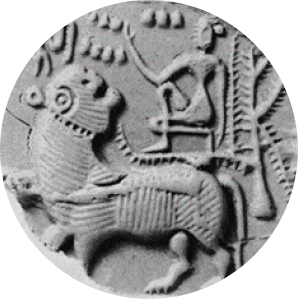I was reading in the Guardian a story about failed art restorations; a statue of the Virgin Mary and baby Jesus, in which the infant was restored to a kind of monkey; a similar painting of Christ in which he comes out looking like a plump gremlin; and finally a tower in Istanbul that, according to social media, resembles a giant Sponge Bob. I actually don’t know about the character of Sponge Bob, but this had me doubling over in laughter anyway.
It is hard to know what triggers laughter, but it normally leaves its influence for some time. The world seems like a less serious place for awhile, and one is convinced that this too is the nature of reality, or a legitimate aspect of it.
Then I went back to reading Yuval Noah Harari, in the chapter that he mentions that anaesthetics were discovered only in the mid 19th century, and that battle wounds to limbs were normally treated by amputation, in order to prevent the onset of gangrene. The part was simply lopped or sawed off, while four soldiers held the patient down. The majority of people died by age 25 – 40, if they managed to survive childbirth or their first year.
It is interesting, the question of suffering, and pain. In such a world of pain, physical and emotional, Buddha came along and said that suffering results from craving or desire. I wonder that people had time to suffer from desire, when they were so busy burying their dead children, or themselves suffering from horrible incurable diseases. It seems almost a luxury to be worried about something beyond the existential problems that they already had, and one can believe that someone born into such a world would learn to be resilient almost as a matter of course. Was it because Buddha was born a prince that he considered the problem of suffering as he did? – today it seems almost modern. We are shielded from pain, have solutions to diseases, live long lives, don’t have to worry much about hunger; and yet we continue to suffer. It seems as if the Buddha is speaking directly to our modern problem, in our world of comparative luxury. And yet, as a religion, Buddhism took hold, and swept through Asia, so it evidently did speak to the people who lived 2,500 years ago. It means that though people did face so much pain, and even saw it as inevitable, it was still hard for them to accept it. They still grieved their loved ones as we do and hankered for a better life; they still found it difficult to live in the moment without dwelling on the future or the past. And evidently this was true both for princes and for paupers.
